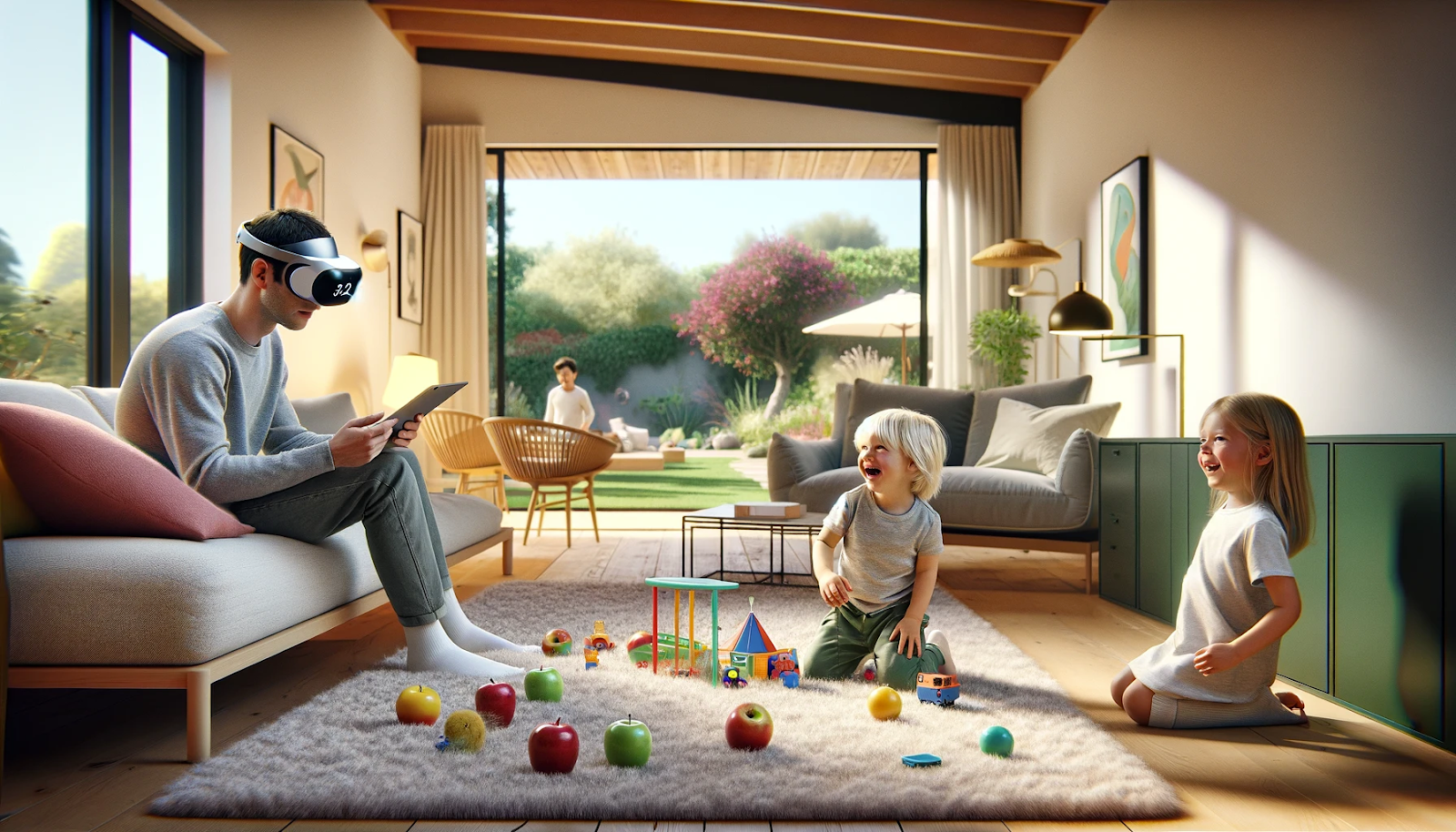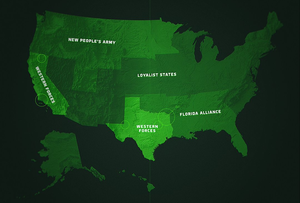Apple’s recent release of the Vision Pro headset has inspired much forward-looking discourse. But before jumping into the future, we should revisit a cultural work that pioneered the conversation surrounding this topic.
That work is, of course, Ready Player One, written by Ernest Cline. In it, characters abandon their physical dystopia for a shared virtual utopia, competing in an immersive video game with a life-changing outcome for the winner. The novel elucidates what our own shiny, virtual futures could someday look like. However, Cline’s book fails to capture the social nature of these virtual worlds. Make no mistake, to cast virtual reality as a multiplayer technology is to bring worldly issues into the digital domain. Shared virtual worlds will inevitably give way to solitary simulations.
Last year, Surgeon General Dr. Vivek Murthy declared loneliness a public health crisis, commenting that, among other harms, “lacking connection can increase the risk for premature death to levels comparable to smoking daily.” Such loneliness is a symptom of life in an atomized world. Western society makes it abundantly clear that personal happiness is the key to individual flourishing in the modern age. Stanford’s rat race toward the “optimal outcome” is only one example of this doctrine.
As we optimize our futures, we are broken down into singular units, and the social bonds of familial and cultural communities are grounded into a pulp of loose online social networks. On Reddit or Twitter, we can receive advice from a chorus of faceless voices, but this will never rival the advice of a parent, sibling, or friend. Social networks attempt to distill relationships into quantifiable metrics, but fail to capture the nuances of human connection.
But we are only partially atomized; community still exists on the internet, albeit in a warped form. Countless online social organizations are dedicated to fostering community among those who enjoy video games, politics, or vintage fashion, desperately trying to fill the void caused by disappearing neighborhood barbecues and rotary clubs.
The problem with these groups is the artificial nature of their participants, each individual becoming a caricature of their true selves so that their online relationships cannot be described as real. A true remedy would be to revitalize clubs and organizations—the “third places” that once held us together.
Online communities fail to replace real-life communities because they play to the worst and most exaggerated parts of human nature. As virtual reality technology advances, non-virtual connection has the potential to be severed. If artificial intelligence can conjure up any image or video under the sun with just a prompt, it is not unreasonable to imagine a world where each individual has a personal simulacrum of life, fine-tuned to their specifications, within a virtual reality headset. Every problem would dissipate with a wish and every thought, no matter how deranged, would become a “reality”—each man a king of his own nonexistent realm.
Modern America's worship of the individual is at the heart of this desire for simulation. In lines at the bank and grocery store, we favor scrolling Twitter or listening to music over a serendipitous encounter with a stranger. In cities, we are literally stacked on top of one another, but often fail to acknowledge even our neighbors as if a pause from personal priorities would be life-altering. Even suburbs, the core of American life, have allowed children to drift away from communal play in the backyard to hours spent on digital activities of a child’s own choosing, whether they be on a PlayStation or an iPad.
Technology has allowed each individual to live in their own world, and we have rushed into this mode of life without an inkling of thought. Worship of the individual desire has fostered each of our respective isolations, and the advent of virtual reality may be the final frontier of this idolatry. We will all be able to live in our own pseudo-reality—satisfied, perhaps, but never truly happy.
The solution to the ills of the forthcoming virtual world is simple: Live in conjunction with the world around you. Engage in your local community, whether that be economic, political, or educational. Build back the intermediary institutions, nestled between home and the workplace, that once bound Americans together. If we refuse to change course, the gloomy picture of Ready Player One simulations will inch closer to reality. Only time will tell whether the waning communities of our physical world can muster a resistance, or if we will succumb to a terminally “plugged-in” future.








